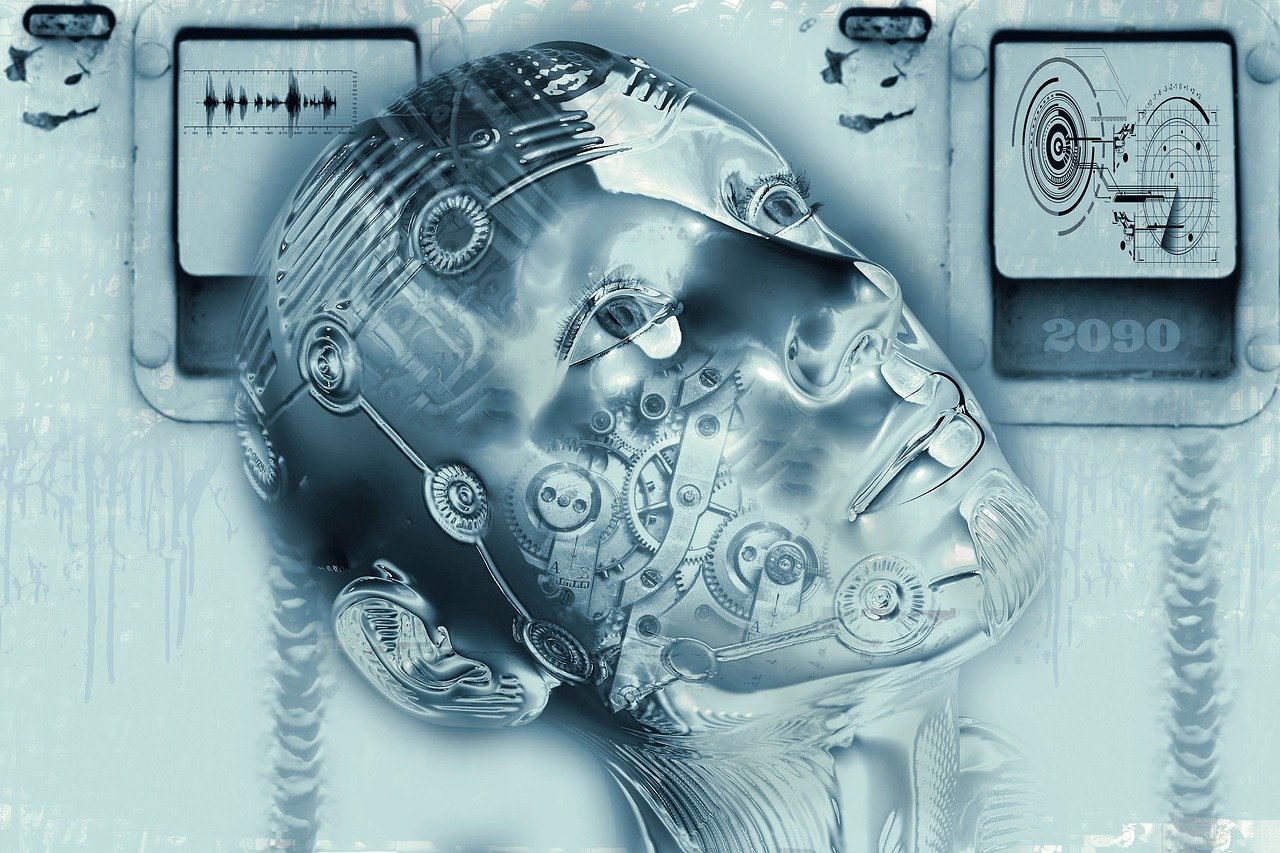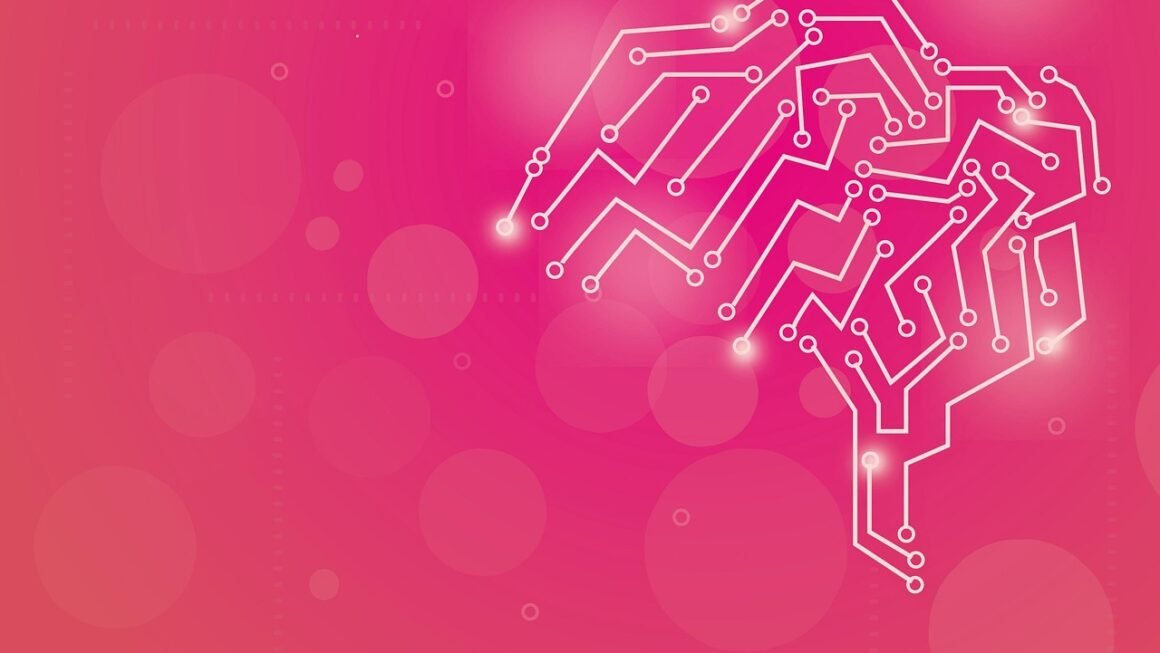Imagine a world where your smart devices react instantly to your commands, security systems autonomously detect threats, and industrial machines optimize performance in real-time, all without relying on a constant connection to the cloud. This isn’t science fiction; it’s the rapidly evolving reality powered by Edge AI. This innovative technology brings artificial intelligence closer to the data source, unlocking a new era of speed, efficiency, and privacy.
What is Edge AI?
Defining Edge AI
Edge AI refers to the deployment and execution of AI algorithms on local devices, or “edge” devices, rather than relying on centralized cloud servers. These edge devices can range from smartphones and IoT sensors to industrial robots and autonomous vehicles. In essence, it’s about bringing the power of AI directly to where the data is generated and consumed. This contrasts with traditional cloud-based AI, where data is transmitted to the cloud for processing and analysis.
Key Differences from Cloud AI
- Latency: Edge AI significantly reduces latency as data doesn’t need to travel to and from the cloud. This is crucial for real-time applications.
- Bandwidth: By processing data locally, Edge AI minimizes the need for high bandwidth connections, saving on costs and improving reliability in areas with limited connectivity.
- Privacy and Security: Keeping data on-device enhances privacy and security, as sensitive information doesn’t need to be transmitted over the internet.
- Reliability: Edge AI systems can continue to function even when internet connectivity is intermittent or unavailable.
- Scalability: By distributing processing power across multiple devices, Edge AI can scale more efficiently than cloud-based solutions.
The Growing Market for Edge AI
The Edge AI market is experiencing explosive growth. According to a report by MarketsandMarkets, the global Edge AI software market is projected to reach $2.3 billion by 2024, growing at a CAGR of 20.7% from 2019. This growth is driven by the increasing demand for real-time data processing, improved privacy, and reduced latency in various industries.
Benefits of Edge AI
Enhanced Performance and Efficiency
- Reduced Latency: Edge AI enables near real-time responses, crucial for time-sensitive applications like autonomous driving and robotics.
- Lower Bandwidth Consumption: By processing data locally, the need for high-bandwidth connections is minimized, resulting in cost savings and improved network efficiency.
- Improved Power Efficiency: Optimizing AI algorithms for edge devices can significantly reduce power consumption, extending battery life in mobile devices and IoT sensors.
Improved Privacy and Security
- Data Localization: Sensitive data remains on the device, reducing the risk of interception or unauthorized access during transmission to the cloud.
- Compliance with Regulations: Edge AI facilitates compliance with data privacy regulations such as GDPR and CCPA, which require data to be processed and stored within specific geographical boundaries.
Increased Reliability and Resilience
- Offline Functionality: Edge AI systems can continue to operate even without an internet connection, ensuring uninterrupted service in remote or unreliable environments.
- Distributed Processing: Distributing AI processing across multiple devices enhances system resilience, as a failure on one device does not necessarily impact the entire system.
Example: Predictive Maintenance
Consider a manufacturing plant with thousands of machines. By deploying Edge AI-powered sensors on each machine, real-time data can be analyzed to predict potential failures before they occur. This allows for proactive maintenance, minimizing downtime and reducing operational costs. Cloud AI would struggle with the latency associated with processing that much data remotely.
Applications of Edge AI
Industrial Automation
- Predictive Maintenance: Analyzing sensor data to detect anomalies and predict equipment failures.
- Quality Control: Using computer vision to inspect products on the assembly line and identify defects in real-time.
- Robotics: Enabling robots to perform complex tasks with greater autonomy and precision.
Healthcare
- Remote Patient Monitoring: Analyzing vital signs data to detect early signs of deterioration and alert healthcare providers.
- Medical Imaging: Assisting radiologists in identifying anomalies and diagnosing diseases from medical images.
- Personalized Medicine: Developing customized treatment plans based on individual patient data.
Retail
- Smart Inventory Management: Tracking inventory levels and predicting demand using computer vision and sensor data.
- Personalized Recommendations: Providing personalized product recommendations based on customer browsing and purchase history.
- Enhanced Security: Using facial recognition to detect shoplifters and prevent theft.
Automotive
- Autonomous Driving: Enabling vehicles to perceive their surroundings, make decisions, and navigate without human intervention.
- Advanced Driver-Assistance Systems (ADAS): Providing features such as lane departure warning, adaptive cruise control, and automatic emergency braking.
- Driver Monitoring: Detecting driver fatigue and distraction to prevent accidents.
Practical Example: Smart Cameras
Smart security cameras powered by Edge AI can analyze video footage in real-time to identify potential threats, such as intruders or suspicious objects. This allows for faster and more accurate responses compared to traditional security systems that rely on human monitoring or cloud-based analysis. The camera can raise an alarm only when necessary, minimizing false positives.
Challenges and Considerations
Hardware Limitations
- Processing Power: Edge devices often have limited processing power compared to cloud servers, requiring efficient AI algorithms and optimized hardware.
- Memory Constraints: Edge devices may have limited memory, requiring careful management of data and model sizes.
- Power Consumption: Optimizing AI algorithms for low power consumption is crucial for extending battery life in mobile and IoT devices.
Software Development
- Model Optimization: Developing AI models that are small, fast, and accurate for deployment on edge devices can be challenging.
- Framework Compatibility: Ensuring compatibility between different hardware platforms and AI frameworks.
- Security Vulnerabilities: Addressing potential security vulnerabilities in edge devices and AI models.
Data Management
- Data Collection and Annotation: Collecting and annotating large datasets for training AI models can be time-consuming and expensive.
- Data Privacy and Security: Protecting sensitive data on edge devices and ensuring compliance with privacy regulations.
- Data Synchronization: Maintaining data consistency between edge devices and the cloud.
Overcoming the Challenges
To overcome these challenges, developers are focusing on:
- Model Compression Techniques: Reducing the size of AI models without sacrificing accuracy.
- Hardware Acceleration: Utilizing specialized hardware such as GPUs and TPUs to accelerate AI processing on edge devices.
- Federated Learning: Training AI models on decentralized data sources without sharing raw data.
Getting Started with Edge AI
Choosing the Right Hardware
- Microcontrollers (MCUs): Suitable for simple AI tasks with low power consumption requirements. Examples: ARM Cortex-M series, ESP32.
- Microprocessors (MPUs): Offer greater processing power and memory capacity for more complex AI applications. Examples: ARM Cortex-A series, Intel Atom.
- System-on-Chips (SoCs): Integrate multiple components, including CPU, GPU, and AI accelerators, for optimized performance and power efficiency. Examples: NVIDIA Jetson, Qualcomm Snapdragon.
Selecting the Appropriate Software
- TensorFlow Lite: A lightweight version of TensorFlow designed for deploying AI models on mobile and embedded devices.
- PyTorch Mobile: A mobile-friendly version of PyTorch for building and deploying AI applications on iOS and Android devices.
- Edge Impulse: A cloud-based platform for developing and deploying machine learning models on edge devices.
- OpenVINO: An open-source toolkit for optimizing and deploying AI models from various frameworks on Intel hardware.
Practical Tips for Edge AI Development
- Start with a simple model: Begin with a smaller, less complex AI model and gradually increase complexity as needed.
- Optimize for the target hardware: Tailor your AI model to the specific hardware capabilities of the edge device.
- Test thoroughly: Thoroughly test your AI model on the target hardware to ensure it performs as expected.
- Prioritize Security: Implement robust security measures to protect against potential threats.
- Monitor Performance: Continuously monitor the performance of your Edge AI solution and make adjustments as needed.
Conclusion
Edge AI is revolutionizing how we interact with technology, bringing intelligence closer to the source of data and enabling a new generation of applications that are faster, more efficient, and more secure. While challenges remain in terms of hardware limitations and software development, the potential benefits of Edge AI are undeniable. By understanding the key concepts, benefits, and challenges of Edge AI, businesses and developers can leverage this powerful technology to create innovative solutions that transform industries and improve our lives. As the market continues to grow and technology advances, Edge AI will undoubtedly play an increasingly significant role in the future of artificial intelligence.



